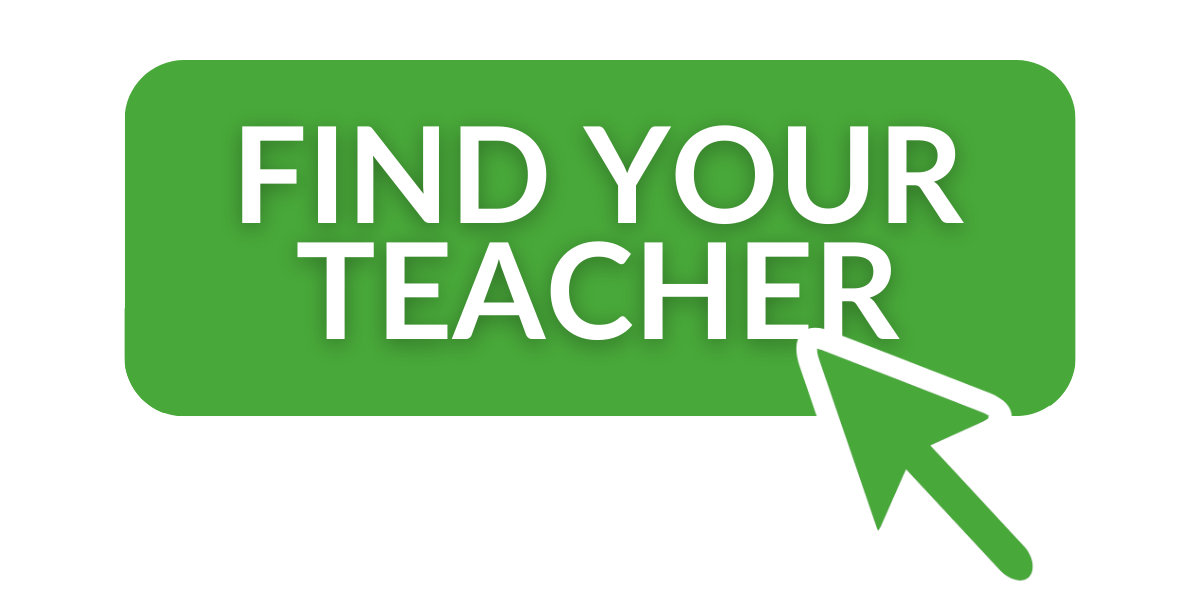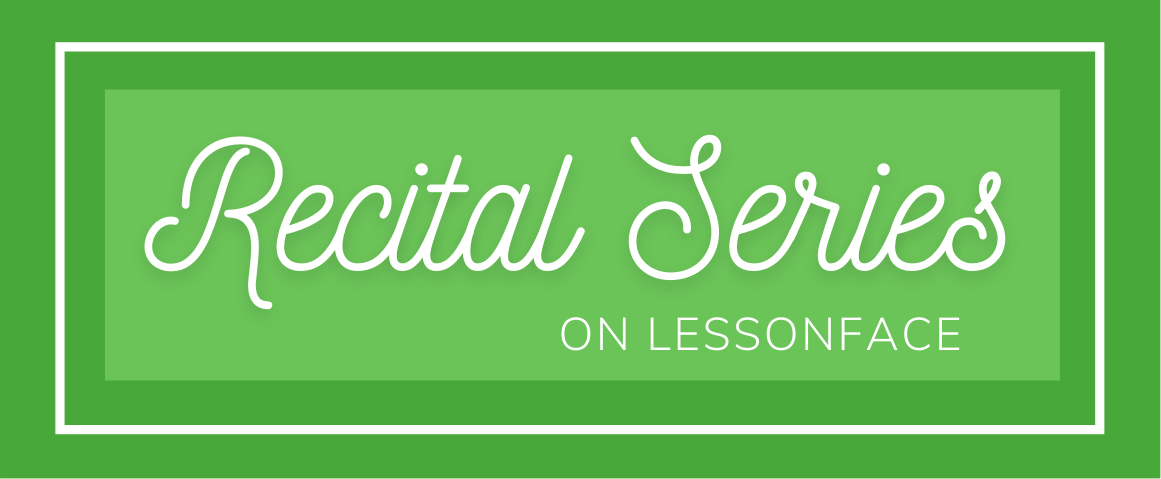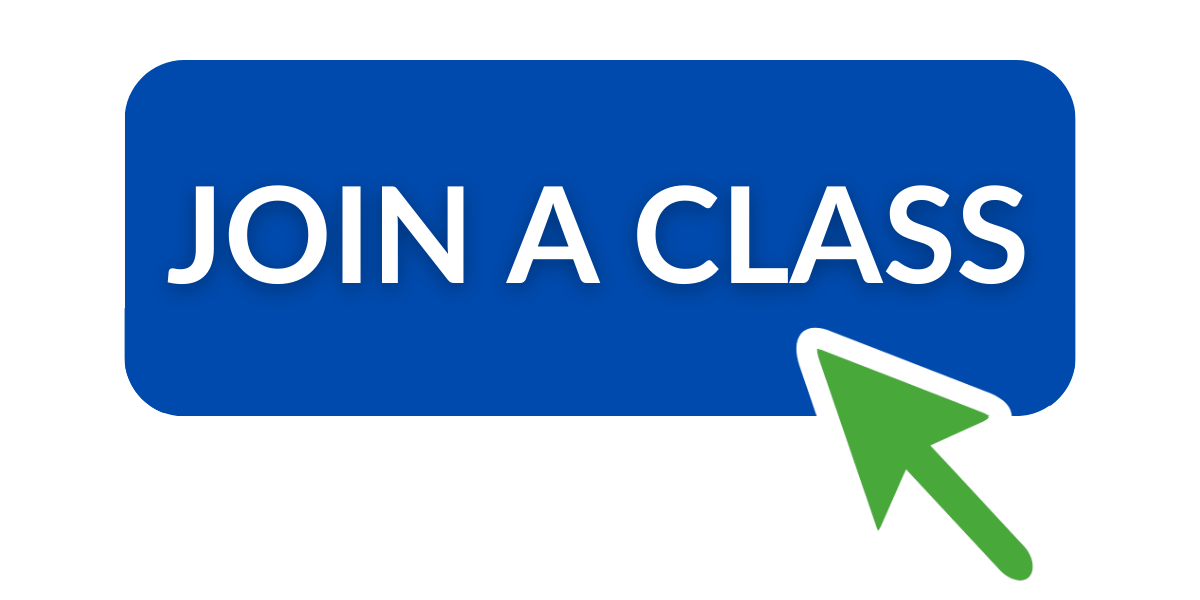A while back I wrote an article on when a guitarist should to learn to read music. I've always been pretty flexible on whether an adult student learns to read music or not. It really depends on their goals for the guitar. A student who wants to have fun strumming and singing has little use for notes written on a page. If they're really curious, the knowledge certainly won't detract from their playing, but I can't promise it will help them either. On the other hand, a student getting into classical guitar will find himself limited in repertoire if he only reads TAB. Yes, there are lots of pieces that come in TAB too. But TAB doesn't give you as much information on rhythm, expression, and voicings. Furthermore, many editions simply are not completely accurate.
Do you read music? What styles do you play? If you're not a classical guitarist, why did you choose to learn to read music? Do you find that knowledge of the notes helps you figure things out faster? Has the extra knowledge ever confused you? If you read notes, do you also frequently use TAB? Which do you prefer, and which did you learn first?
Are you unfamiliar with both music notation AND tablature? If so, you probably have a really good ear, really good memory, or both. Many flamenco students learn without tablature or notes, as we pick things up by ear and by watching, and record videos and audios to jog our memory. In someways, I think this keeps us more in touch with the music, which is really the end goal, since we don't have the intermediary of the written page.
If you're a guitarist who started the instrument young, but learned to read recently, how has that changed your perspective of the instrument? Would you recommend reading to other students of your genre?





Hi, Leah.
This is an excellent question, and as a guitar instructor, I look forward to hearing people's answers. I have also taught many different types of students, and find that reading standard notation is not always necessary for a student to accomplish their goals (ex: someone who just wants to strum chords to accompany their singing). However, reading rhythm notation (just the stems, beams, dots, etc.) seems to be more and more necessary as TAB websites like Ultimate Guitar and Songsterr continue to add them to their TABs. They also add expression markings (dynamic markings, vibrato, palm mutes, etc.) sometimes. My students learned all of these things from standard notation.
Has anyone out there taught or learned the rhythm notation and expression markings without reading the pitches themselves?
That's a good point Emily. Though TAB is far from standardized, when it is well-done it includes rhythmic information too. And ideally expression notes as well. If TAB doesn't include rhythmic information, you have to rely completely on your familiarity with the song - and on having a good ear for rhythm - to fill in those gaps.
I actually had a student recently who was curious ONLY about rhythmic notation and didn't care about the notes. We worked through an introductory guitar method (Hal Leonard Book 1) and only paid attention to rhythmic theory. It was an interesting first experience, I'll see if I can get him to weigh in here on how that's shaped playing.
One thing I've been trying in flamenco classes is to write in the rhythmic values and/or the counts over the TAB. Usually some flamenco players read music, and others only read TAB or even prefer learning by watching and copying. I find writing rhythmic values over the TAB keeps things visually simple enough for those who don't read (because it's easier to ignore markings above rather than all over), but gives the music-readers a bit more to go on.
From my perspective it works well. I'll see if I can get students to share their thoughts here as well.
Hi Leah, I learned to read music first, I'm older, in my 70's, I had never heard of Tab then. Reading music was taught as the only way I knew. Later in life when I picked up playing again, I was introduced to Tab along with the written music. As I had forgotten how to read music, it was a huge help. For me what works well is all 3 approaches to learning. The written notation with syncopation, accents, etc. The Tab to help me find the fingerings, and hearing the piece by ear. I think a balance for all 3 approaches is great, like a 3 legged stool. Some call Tab a crutch, and are very against that style of teaching/learning, yet at my stage it is a learning aid. I recently saw a classical piece of sheet music by a MET musician, it had fret markings, tab markings etc all written in by the musician. We often see the end result in a performance, a memorized piece with the artists interpretation, never the work, practice, time involved, training aids that go into the final product. Learning something is different for everyone, some are more visual, some more acedemic, etc. It's what works for that person to further themselves if they desire. I'm fortunate to have so many options to explore in order to learn.
Hi Lou, I like your perspective on this. That's absolutely true about what we see/hear as audience members is only the very tip of the iceberg for the performing musician. Behind any performance is a mountain of careful preparation and attention to detail. Every musician's process and pathway for achieving their end goal (for example, delivering a solid, heartfelt performance and conveying what they want to artistically) is unique, and each of us has to experiment and develop a process that works for us. I agree with you that a combination of tools is useful to solidly prepare and memorize a piece. It's often said that to perform a piece well, you need to understand it thoroughly on many levels: physical (ie, training your hands to move how they need to), aurally (knowing how the piece sounds inside and out), visually (knowing how the music looks), and theoretically/structurally (understanding how the music functions, its structure, and the big picture). I think I've explained that concept more articulately - or maybe read it explained by someone else -- elsewhere, I'll try to dig it up to share it with you.
That's interesting about the sheet music by the MET musician! I totally agree that TAB shouldn't be frowned upon. Written music does contain much more information, but TAB has its place in the guitar universe.